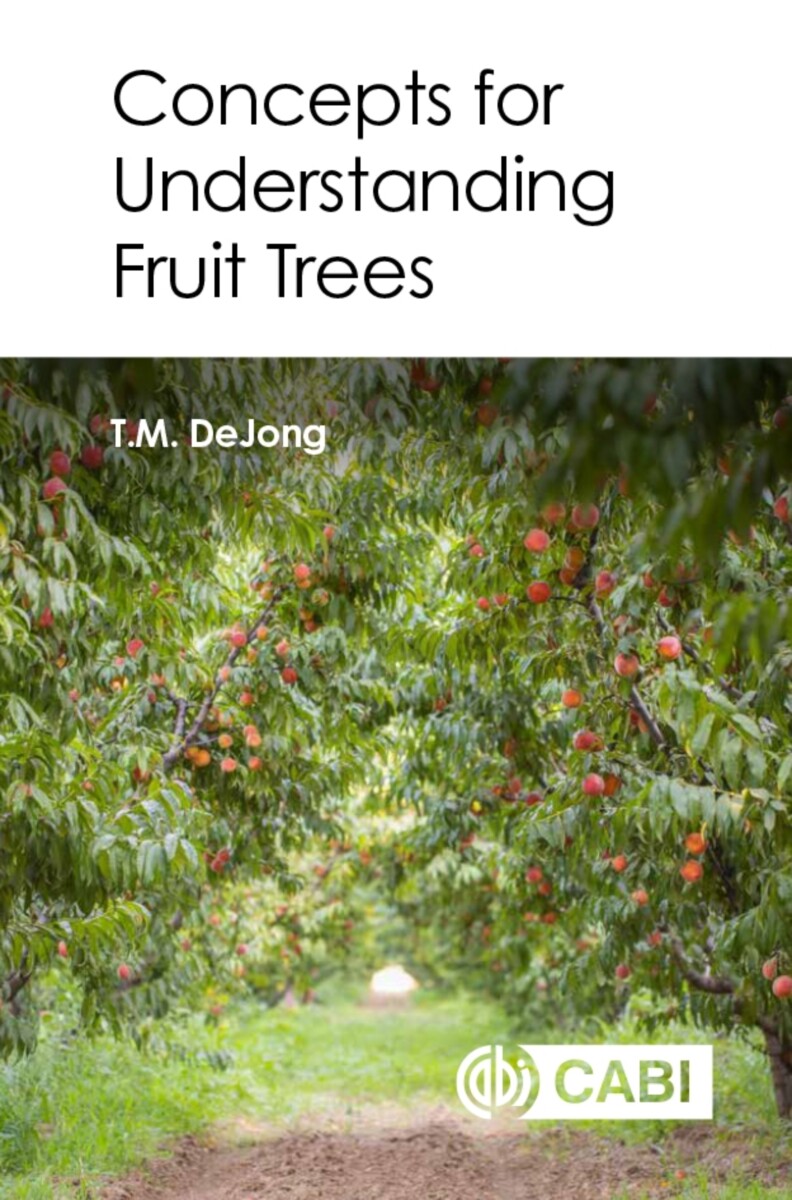Concepts for Understanding Fruit Trees
- Publisher
CABI - Published
4th February 2022 - ISBN 9781800620865
- Language English
- Pages 136 pp.
- Size 6" x 9"
- Request Exam Copy
Anyone who observes fruit trees may wonder how or why they behave in specific ways. Some trees grow upright while others are more spreading in habit. Some produce many flowers and small immature fruit only to drop most of the fruit later on; others grow more on their sunny side than their shady side. It is common to ascribe such behavior to the tree as a whole and state that trees preferentially "allocate" resources to specific organs.
This, however, is the wrong approach to understanding tree functioning and behavior. Trees are not in control of what they do. What trees do and how they function is shaped by the individual organs that make up the tree, not by the tree as a whole. The genetic code only indirectly determines the habit, structure and behavior of a tree by defining the behavioral and functional limits of the component organs, tissues and cells. Unlike animals that have a mechanism for collective control of the whole organism--a central nervous system--trees (and plants in general) are more appropriately considered as collections of semi-autonomous organs. These organs are dependent on one another for resources, such as water, energy and nutrients, but control their own destiny.
This book presents a clear set of integrative concepts for understanding the overall physiology and growth of temperate deciduous fruit trees. The emphasis is on overarching principles rather than detailed descriptions of tree physiology or differences among the numerous species of fruit trees. Although the focus is on deciduous fruit trees many aspects apply to evergreen fruit trees and trees that grow naturally in unmanaged situations.
Highly relevant for students and researchers in pomology, horticulture and plant sciences, the book is also suitable for practitioners, extension staff, and novice fruit tree growers.
1: Introduction
2: Energy Capture and Carbon Assimilation
2: Uptake And Assimilation of Nutrient Resources
4: The Structure of Trees
5: The Carbohydrate Economy of Fruit Trees
6: Understanding the Shoot Sink
7: Application of Shoot Growth Rules For Understanding Responses to Pruning
8: Understanding the Root Sink
9: Understanding the Fruit Sink
10: Understanding the Long-Term Storage Sink
11: Integration of Tree Source and Sink Activities
Theodore DeJong
Ted DeJong is emeritus professor at the University of California at Davis, and has been doing research on fruit trees for 40 years. He has published about 300 scientific papers, most of which are on some aspect of the functioning of fruit trees. See his webpage at https://dejong.ucdavis.edu/


